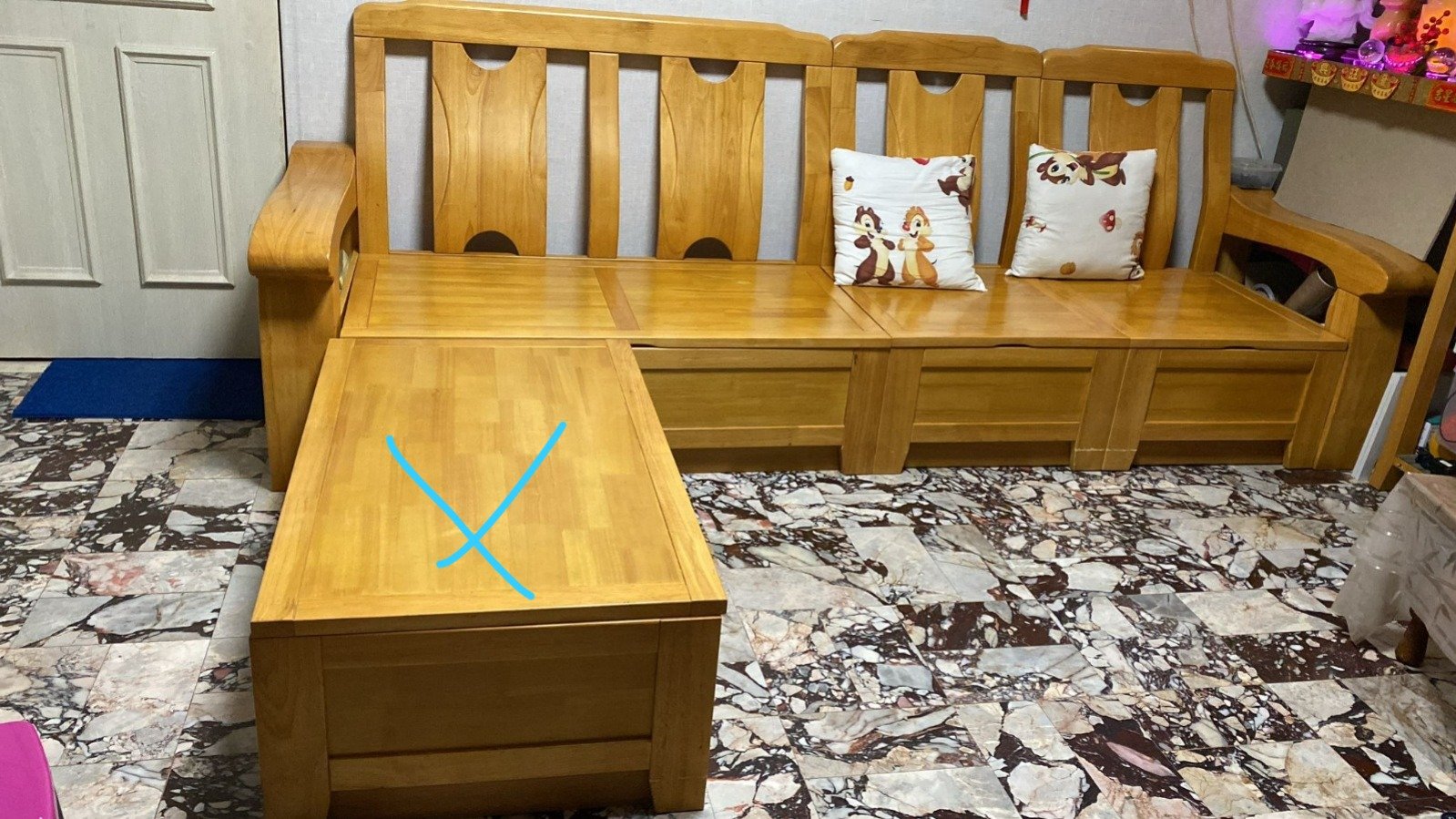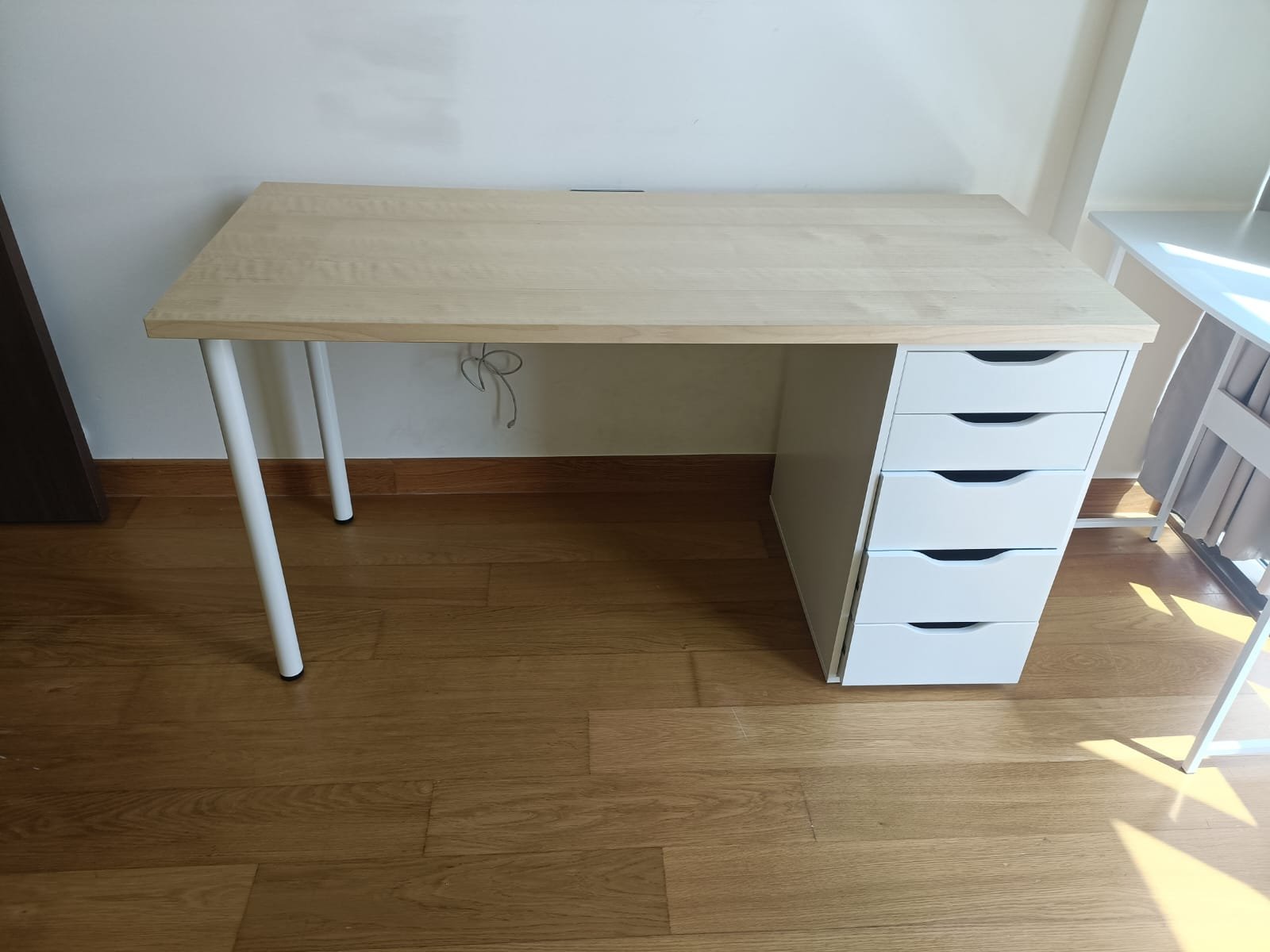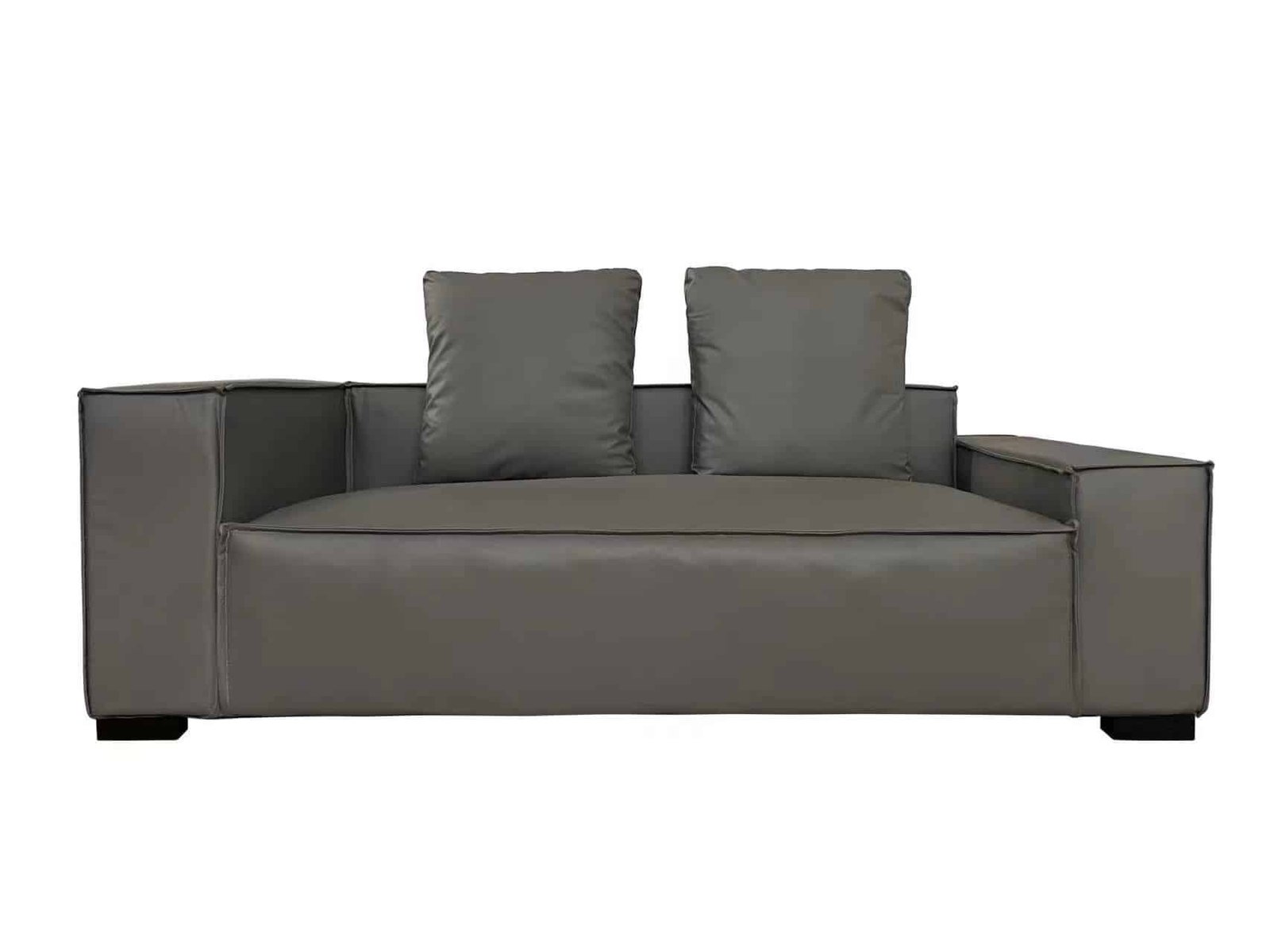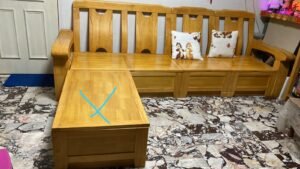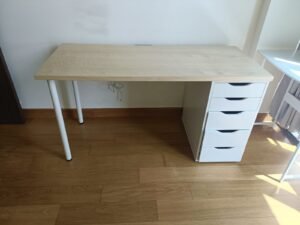Bring Life Back to Your Furniture with DIY Restoration
When it comes to DIY furniture restoration, we’re firm believers in its magic. There’s something deeply satisfying about breathing new life into an old piece and watching it transform into a stunning addition to your home. Whether it’s an heirloom dining table or a vintage chair, giving furniture a second chance is not only rewarding but also eco-friendly. As you dive into restoring furniture, you may find yourself drawn to the charm of older pieces. If you’re particularly interested in bringing antique furniture back to life, you can explore how to achieve perfection with expert techniques in our detailed guide on restoring antique furniture.
If you’ve been thinking about starting your own furniture restoration journey, don’t worry—you’re not alone. We’re here to guide you through the process with tips, tricks, and ideas that will help you achieve remarkable results.
Why Choose DIY Furniture Restoration?
Restoring furniture yourself has so many advantages. Here are a few reasons why it’s worth diving into this fun and creative hobby:
- Cost-Effective: Why spend a fortune on brand-new furniture when you can upcycle what you already have?
- Eco-Friendly: Giving old furniture a new lease on life reduces waste and helps the planet.
- Personalized Touch: You get to customize pieces to fit your home’s unique style.
We love how this process allows us to save money and reduce our environmental footprint all at once.
Essential Tools for Successful DIY Furniture Restoration
Before we jump into techniques, let’s talk about tools. Having the right tools makes all the difference when it comes to DIY furniture.
Must-Have Tools for Beginners
- Sandpaper or Electric Sander: For smoothing out surfaces and removing old finishes.
- Paint Stripper: If you’re tackling furniture with layers of old paint.
- Wood Filler: Perfect for fixing small cracks or holes.
- Brushes and Rollers: For painting or staining your piece.
- Protective Gear: Gloves and a mask are essential when working with chemicals.
By gathering these essentials, we’re setting ourselves up for success before we even start.
Step-by-Step Guide to Restore Your Furniture
Restoring furniture doesn’t have to be complicated. Follow these steps to bring your pieces back to life:
- Evaluate the Piece: Look for damage, missing parts, or structural weaknesses. Decide if the piece is worth restoring.
- Clean Thoroughly: Use a damp cloth to remove dirt and dust. For stubborn grime, try a gentle cleaning solution.
- Sand and Prep: Sand down the surface to remove old paint or varnish, and smooth out imperfections.
- Repair and Replace: Fix broken parts and replace missing hardware. Wood glue works wonders for loose joints.
- Choose a Finish: Decide between paint, stain, or varnish based on the piece’s style and your vision.
- Apply the Finish: Work in layers, letting each coat dry before adding another.
- Seal It: Protect your work with a clear sealant for durability.
Top Tips for Stunning Results
We’ve learned some tricks along the way that make a huge difference in DIY furniture restoration.
Take Your Time
Rushing through the process can lead to mistakes. Patience is key to achieving a professional-looking finish.
Test Colors First
Before applying paint or stain, test it on a small, inconspicuous area to ensure it’s the right shade.
Embrace Imperfections
Not every piece needs to look brand new. Embrace the character that comes with age—it’s what makes restored furniture unique!
Inspiration for Your Next DIY Project
Need ideas for your next project? Here are some of our favorite furniture restoration transformations:
- Vintage Wooden Chairs: A fresh coat of white paint can turn a tired chair into a farmhouse-style gem.
- Coffee Tables: Stain it darker for a sleek, modern look, or distress it for shabby-chic vibes.
- Dressers: Swap out the hardware and add a bold color to make it a statement piece.
For more inspiration, check out the amazing transformations at Second Chance Furniture. Their projects always remind us of the endless possibilities that come with restoring furniture.
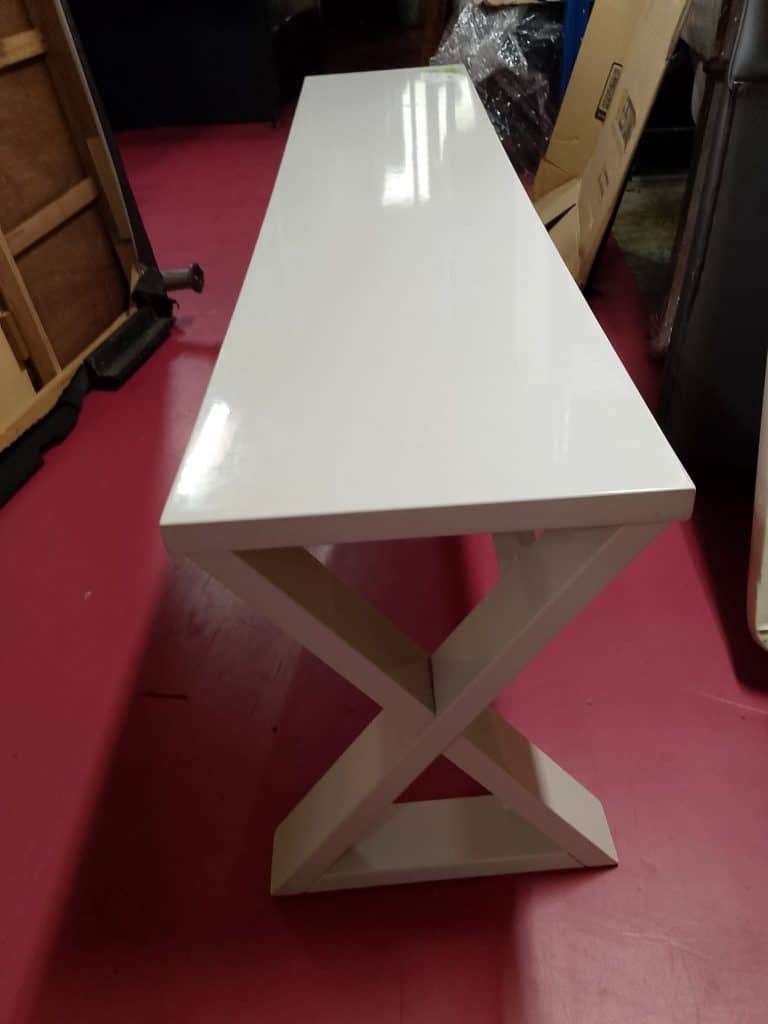
Conclusion: Why Wait? Start Your DIY Furniture Restoration Today!
Restoring furniture is more than a hobby—it’s a way to save money, help the environment, and add personal touches to your space. By following these tips, we can all create stunning pieces that stand the test of time.
If you’re looking for more ideas or ready-to-transform pieces, visit Second Chance Furniture. We’ve got plenty of options to spark your creativity and get you started on your next project!


